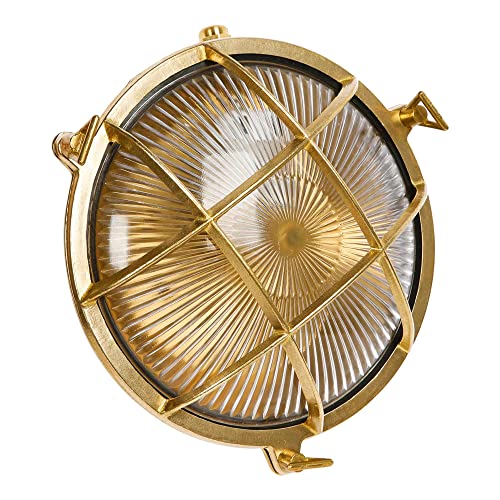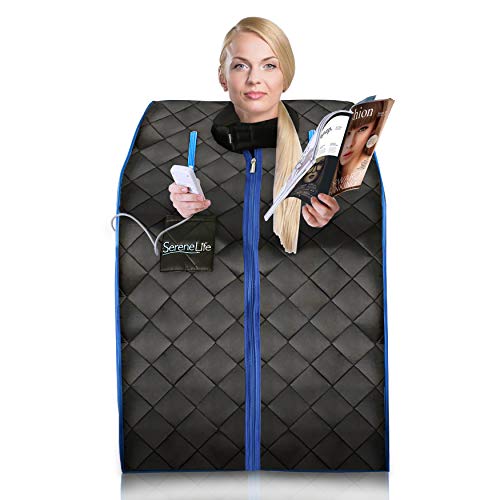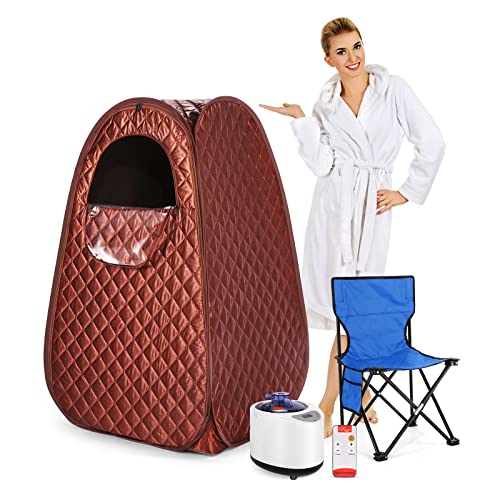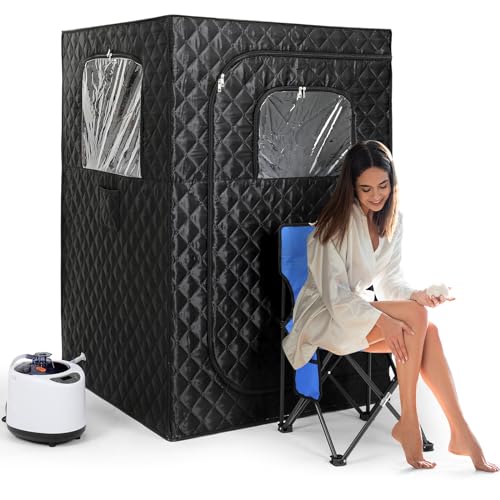Let's dive into the rich history of saunas and how they began. Saunas have been around for thousands of years, with roots deeply planted in the cultures of Finland and other Nordic countries. The traditional Finnish sauna, basically a small wooden room heated with rocks, made its debut around 2500 B.C. It wasn’t just a place to sweat; it served as a gathering space for families and a place to relax after a long day.
People in ancient times used saunas for various reasons, from health benefits to spiritual cleansing. Back then, staying warm during long, dark winters was vital. The sauna became a sanctuary, where folks could escape the cold and bond with loved ones. Surprisingly, it wasn’t just the heat that mattered; the steam and the overall ambiance played a huge role in making this a special experience.
Over the years, the sauna tradition spread beyond Finland. The history of saunas shows how different cultures embraced this practice and made it their own. In Russia, for instance, the banya took root as a social hub. It included a unique twist, like birch branches for a gentle massage while sweating it out! Each culture added its flair, but the core idea remained the same: heat, relaxation, and community.
Traditional Finnish Saunas Explained
When you think of saunas, a cozy, warm space might pop into your mind, especially when we talk about traditional Finnish saunas! These saunas have a rich history that goes way beyond just a nice place to relax. They’re deeply woven into Finnish culture and everyday life.
Traditional Finnish saunas are usually made of wood, creating a comfy and inviting atmosphere. A typical sauna has a stove, often fueled by wood, that heats up rocks. The magic happens when you pour water over these hot rocks, creating steam. This steam raises the temperature and provides that heartwarming experience we all love. Many saunas include a bucket and ladle, so you can easily control the steam yourself, making it a truly personal experience.
The history of saunas dates back centuries in Finland, with the earliest records showing they were used as essential gathering spots for families and communities. They weren’t just for relaxation; saunas served as places for socializing, giving birth, and even healing. Imagine a space where conversations flow easily and worries drift away in the heat and steam.
Over time, saunas evolved, but the core experience remains. Today, Finnish saunas still prioritize that connection to nature and the comfort of wood. Many people enjoy the ritual of alternating between hot sauna sessions and refreshing cold plunges. It’s both invigorating and soothing, a wellness practice that has been passed down through generations.
Dynamic Saunas Barcelona 1-2 Person Infrared Sauna
Experience relaxation and wellness in the comfort of your own home with this cozy infrared sauna designed for one or two people
Product information
$1,899.99
Product Review Score
4.25 out of 5 stars
218 reviewsProduct links
Evolution of Sauna Styles Around the World
Saunas have come a long way from their origins, and the history of saunas is as diverse as the cultures that enjoy them. It all started in Finland, where the traditional sauna—a small wooden structure, often located near a lake or river—became a way of life. Early Finnish saunas used stones heated over an open fire, giving birth to the famous steam experience we all love today. People would gather here not just to relax, but also to socialize and bond with their families.
As saunas spread across Europe, different styles emerged. The Russian banyas are a great example. These saunas usually have a more social vibe with added features like a birch branch to gently swat your skin—this is believed to boost circulation. The banya experience often includes a plunge in cold water, creating an invigorating cycle of heat and cold that feels incredible.
Moving over to Japan, we encounter their unique take with the ofuro, a traditional wooden soaking tub, often seen in homes and ryokans (Japanese inns). It's more about soaking than steaming, designed for relaxation and mindfulness. The custom focuses not just on physical relaxation but also on cleansing the mind, which adds a whole other layer to the history of saunas.
In recent years, infrared saunas have made their mark, especially in the U.S. and Canada. Unlike traditional saunas that heat the air around you, infrared saunas use light to warm your body directly. They’re easy to set up in your home and are popular for those who want a quick and effective way to enjoy the benefits of sauna therapy, all while embracing modern technology.
From ancient wooden structures to sleek modern designs, the evolution of saunas showcases not just changing architecture but also shifting cultural values. Each style has its own charm, offering unique experiences that connect us to the past while bringing comfort and health benefits into our lives today.
Brass Nautical Wall Light for Saunas and Outdoors
Add a touch of nautical charm to your sauna or outdoor space with this stylish and durable brass wall light
Product information
$159.99
Product Review Score
4.17 out of 5 stars
171 reviewsProduct links
Health Benefits of Regular Sauna Use
Regular sauna use comes with a bunch of health perks that can really enhance your well-being. Depending on how you use it, a sauna can help with relaxation, improve circulation, and even boost your immunity. It’s no wonder that the history of saunas shows people have been enjoying these benefits for centuries.
One of the main reasons folks love saunas is to unwind. The heat helps to ease muscle tension and relieve stress. After a long day, spending some time in a sauna can feel like a mini vacation. Your mind gets a break, and you might even catch some quality zzz's afterward.
Then there's the heart health aspect. Regular sauna sessions can improve blood flow and lower blood pressure. That gentle heat gets the heart pumping, giving it a nice little workout. Plus, some studies suggest it might even reduce the risk of heart disease. This connection has been part of the enduring history of saunas, celebrated in various cultures for promoting heart health.
Let’s not forget about detoxing. Sweating in a sauna helps rid your body of toxins and can even clear up your skin. Many people notice a glow after a good sweat session! It’s a natural way to give your skin some love, reminding us why saunas have been cherished throughout the history of saunas.
So whether you want to relax, improve your heart health, or just feel better overall, adding sauna time to your routine could be a great move. It’s easy to see why so many have embraced this age-old tradition for its fantastic health benefits.






